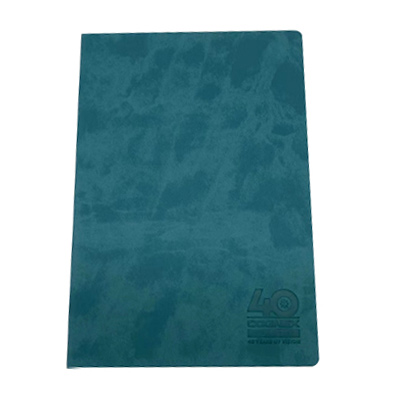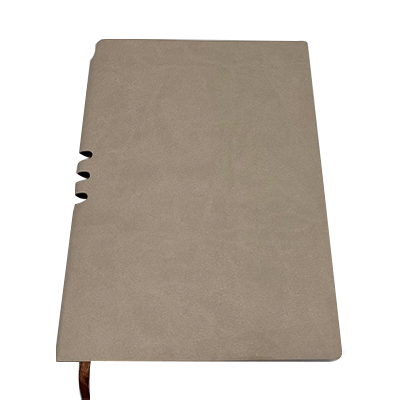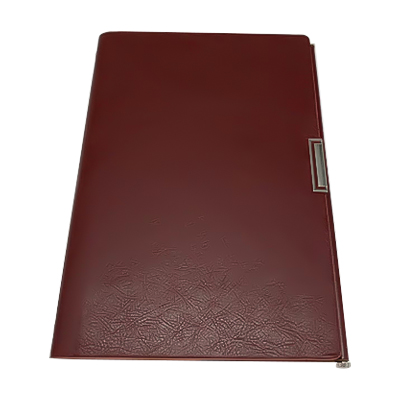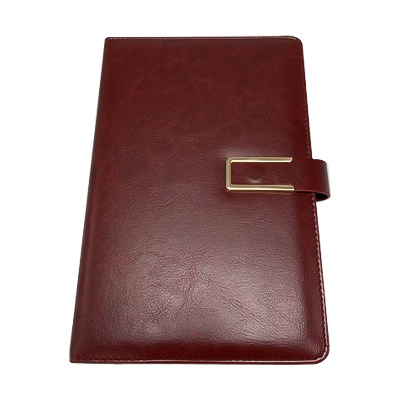The material of paper packaging itself has a certain toughness and flexibility, which allows it to effectively absorb external shocks and vibrations. During transportation, especially when the products are transported long distances through transportation tools such as trucks, ships, aircraft, etc., the cargo will be affected by multiple vibrations, impacts or even drops. Whether it is the bumps in the road, the rough operation of the goods by the porters, or other external factors, it will cause varying degrees of damage to the products in the parcel. The toughness and softness of paper packaging can play a certain role in buffering under the action of these external forces, reducing the direct collision between the product and the outside, thereby reducing the risk of damage.
Paper packaging adopts a multi-layer design, such as corrugated cartons, which is a typical example. The inner layer of the corrugated carton has a structure of multiple corrugated shapes, which can effectively form an air cushion layer to provide protection for the product. When the external impact force acts on the paper packaging, the corrugated layer can quickly absorb and disperse these impact forces, dispersing the pressure to the entire packaging surface, thereby avoiding direct damage to the products in the packaging. This structural design not only increases the durability of paper packaging, but also provides excellent cushioning performance, which can effectively reduce damage caused by collisions, drops and other reasons during handling.
The design flexibility of paper packaging also greatly enhances its protection function. Manufacturers can customize appropriate packaging methods based on the size, shape and characteristics of the specific product. For different products, especially fragile items or products with special needs, paper packaging can enhance its protection through customized forms and fillers. For example, for fragile items such as glass products, ceramic products or electronic products, paper packaging can be designed as a structure with gaps inside, and combined with fillers such as foam paper, paper confetti or air mats, which can effectively avoid friction, collision and squeeze during transportation and reduce damage caused by improper packaging.
Paper packaging can also be designed in slot, drawer or other more protective structures. These designs not only increase the firmness of the packaging, but also provide additional protection when the product is displaced to prevent damage. In some high-end products packaging, paper packaging can even provide an attractive appearance on the outside, while the interior is customized padding specially designed for the product to ensure that the product is safely protected under any circumstances.
In addition to the advantages of structural design, the environmentally friendly characteristics of paper packaging are also an important aspect of its protective effect. Paper packaging uses natural pulp as raw material. Compared with plastic packaging, it is not only renewable but also easy to recycle and degrade, so it can reduce environmental pollution. In modern society, environmental awareness is gradually increasing, and consumers and enterprises pay more and more attention to the impact of product packaging on the environment. The use of paper packaging can not only improve the protection of products during transportation, but also reduce negative impacts on the environment, which is in line with the concept of sustainable development. Especially among some brands and companies that focus on green and environmental protection, paper packaging has become a widely used choice because it meets consumers' expectations for environmental protection and also helps to shape the brand's environmentally friendly image.

 English
English Deutsch
Deutsch Français
Français Español
Español русский
русский عربى
عربى





